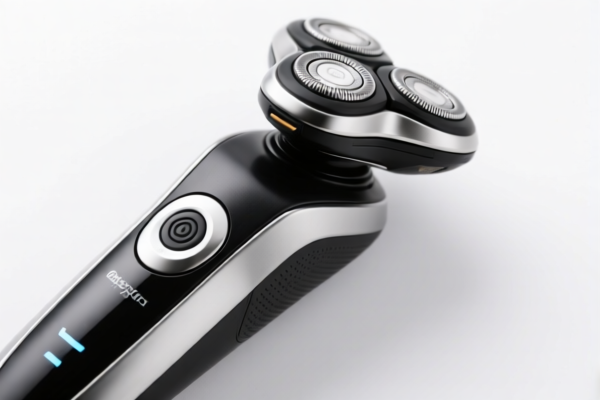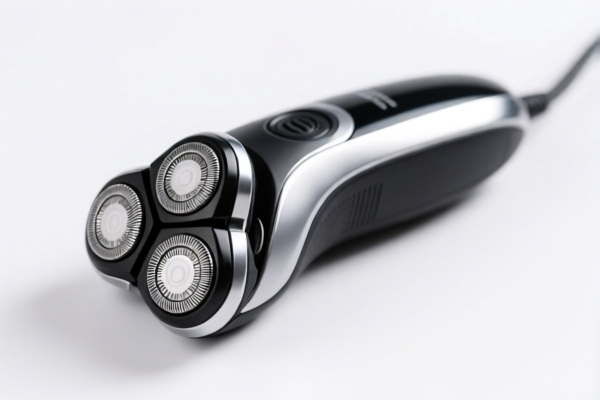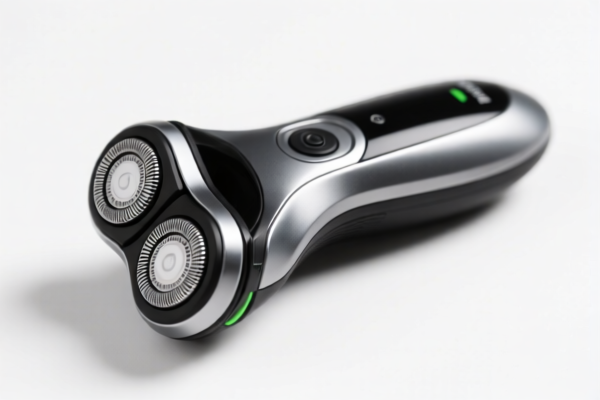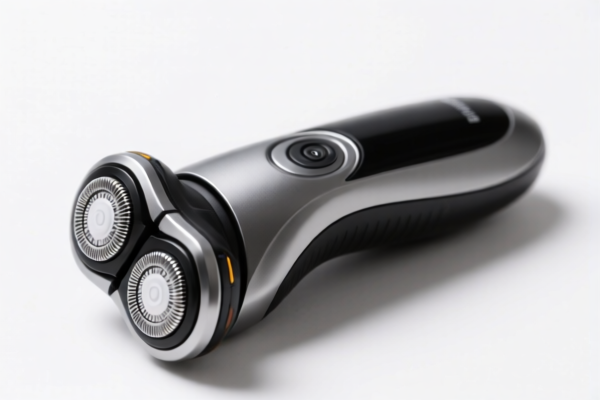| HS Code | Official Doc | Tariff Rate | Origin | Destination | Effective Date |
|---|---|---|---|---|---|
| 8203300000 | Doc | 55.0% | CN | US | 2025-05-12 |
| 8203406000 | Doc | 58.3% | CN | US | 2025-05-12 |
| 8205517500 | Doc | 58.7% | CN | US | 2025-05-12 |
| 8205593080 | Doc | 55.0% | CN | US | 2025-05-12 |
| 6603908100 | Doc | 60.2% | CN | US | 2025-05-12 |
| 6601100000 | Doc | 36.5% | CN | US | 2025-05-12 |
| 6601990000 | Doc | 38.2% | CN | US | 2025-05-12 |




Electric Garden Scissors
Electric garden scissors, also known as electric pruning shears or hedge shears, are power tools designed to efficiently cut stems, branches, and hedges in gardens and landscapes. They offer a less physically demanding alternative to manual shears, particularly for larger or more frequent pruning tasks.
Material
- Blades: Typically constructed from high-carbon steel for durability and sharpness. Some models utilize hardened steel alloys for increased resistance to wear and corrosion.
- Handles: Commonly made from plastic, composite materials, or a combination of plastic and metal for a comfortable and secure grip. Ergonomic designs are prevalent to reduce user fatigue.
- Motor Housing: Usually composed of durable plastic or metal to protect the internal motor components.
- Power Source: Powered by either:
- Corded: Requires connection to an electrical outlet.
- Cordless: Operates on rechargeable batteries (typically Lithium-ion).
Purpose
The primary purpose of electric garden scissors is to facilitate the pruning and shaping of plants. Specific applications include:
- Hedging: Maintaining the size and shape of hedges and shrubs.
- Branch Pruning: Removing dead, diseased, or unwanted branches from trees and bushes.
- Shaping: Creating desired forms and aesthetics in plants.
- General Garden Maintenance: Quickly and easily trimming vegetation.
Function
Electric garden scissors function through a reciprocating blade mechanism powered by an electric motor.
- Cutting Action: Two blades move rapidly against each other, similar to a pair of scissors, to cleanly cut through stems and branches.
- Motor: Provides the force necessary to drive the blades. Motor power is often measured in Watts or Volts and influences the maximum cutting diameter.
- Safety Features: Many models include safety switches, blade guards, and automatic shut-off mechanisms to prevent accidental operation and injury.
- Switch Types: Commonly feature trigger-activated operation or push-button controls.
Usage Scenarios
- Residential Gardens: Ideal for homeowners with medium to large gardens.
- Landscaping: Used by professionals for maintaining properties and creating landscape designs.
- Nurseries and Greenhouses: Employed for pruning and shaping plants for sale.
- Arboriculture (limited): Some heavier-duty models can handle smaller branch pruning tasks.
Common Types
- Corded Electric Shears:
- Advantages: Consistent power supply, no battery charging required, generally more affordable.
- Disadvantages: Limited mobility due to cord length, potential tripping hazard.
- Cordless Electric Shears:
- Advantages: Greater portability and freedom of movement, convenient for use in remote areas.
- Disadvantages: Limited runtime based on battery capacity, requires periodic battery charging, typically more expensive.
- Pole Electric Shears: Feature an extendable pole for reaching higher branches without the need for a ladder.
- Swivel Head Electric Shears: Allow for adjustable cutting angles, improving maneuverability and access to difficult-to-reach areas.
- Bypass vs. Anvil Blades:
- Bypass: Two blades pass each other like scissors, providing a cleaner cut, ideal for living plants.
- Anvil: One blade cuts against a flat surface, suitable for thicker, dead branches.
Electric garden scissors fall under the category of hand tools used for cutting vegetation in garden settings. These tools are typically powered by electricity to provide assistance with the cutting process.
The following HS codes are relevant based on the provided reference material:
- 8203300000: This HS code covers files, rasps, pliers (including cutting pliers), pincers, tweezers, metal cutting shears, pipe cutters, bolt cutters, perforating punches and similar handtools, and base metal parts thereof. Specifically, it includes metal cutting shears and similar tools, and parts thereof. Electric garden scissors, functioning as a type of cutting shear, may fall under this code. The basic tariff is 0.0%, with an additional tariff of 25.0%, increasing to 30% after April 2, 2025, resulting in a total tariff of 55.0%.
- 8205517500: This HS code covers other handtools (including glass cutters) and parts thereof, specifically household tools, and parts thereof. If the electric garden scissors are classified as household tools, this code may be applicable. The basic tariff is 3.7%, with an additional tariff of 25.0%, increasing to 30% after April 2, 2025, resulting in a total tariff of 58.7%.
- 8205593080: This HS code covers other handtools (including glass cutters) and parts thereof, specifically crowbars, track tools and wedges, and parts thereof. While less directly applicable, if the scissors have features resembling these tools, this code could be considered. The basic tariff is 0.0%, with an additional tariff of 25.0%, increasing to 30% after April 2, 2025, resulting in a total tariff of 55.0%.
It is important to note that the final HS code classification will depend on the specific characteristics and intended use of the electric garden scissors.
Regarding HS code 8205517500, if classified as household tools, please verify the specific material composition as this may affect tariff rates.
Customer Reviews
No reviews yet.